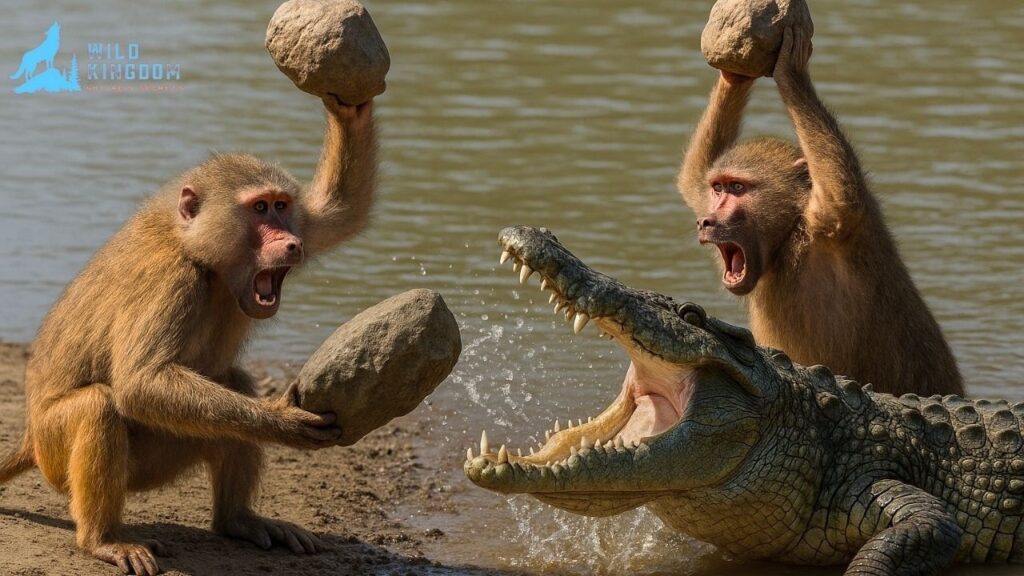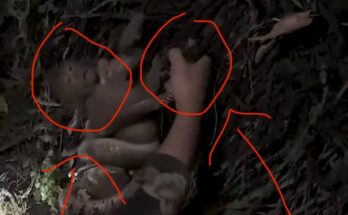
Predators such as lions and leopards embody raw strength and cunning. They are often seen as the rulers of the savanna, yet their reign is constantly challenged. For a lion pride, every hunt is a gamble—fail too many times, and the pride may face starvation. Success requires coordination, stealth, and strategy, for even the mightiest lioness can be fatally injured by a desperate zebra kick or a wildebeest’s sharp horns. The hunters themselves must avoid exhaustion, conserve energy, and protect their young from rival predators.
Meanwhile, prey animals like gazelles, zebras, and impalas are far from defenseless. Their survival depends on keen senses, speed, and vigilance. A herd’s strength lies in unity, as hundreds of eyes and ears work together to detect danger before it strikes. When predators approach, the savanna often erupts into chaos—herds stampede, dust clouds rise, and survival comes down to who can outrun, outmaneuver, or outlast their pursuers.
The balance of power constantly shifts. Hyenas, often underestimated, play a crucial role in the cycle of life. Scavengers by nature but also formidable hunters, they use intelligence and teamwork to bring down prey much larger than themselves. They clash with lions over kills, turning mealtimes into brutal battles. Crocodiles lurk silently in rivers and watering holes, striking with terrifying force when thirsty animals come to drink. Even smaller creatures, such as snakes and birds of prey, remind us that danger exists at every level of the food chain.
Yet survival in the savanna is not only about hunting and fleeing. It is about endurance and resilience. In times of drought, when rivers run dry and grasslands wither, the warriors of the savanna face an even greater enemy: scarcity. Elephants trek for miles in search of water, sometimes leading other animals to life-saving resources. Predators grow weaker, prey animals become vulnerable, and nature tests each species’ ability to adapt.
The deadly dance of survival is both brutal and beautiful. It is a reminder that life in the wild is shaped by balance—predators cannot exist without prey, and prey depend on predators to keep populations healthy and ecosystems thriving. Each battle, each chase, and each narrow escape is a part of the timeless rhythm of nature.
In the end, the savanna teaches us that survival is not about dominance alone, but about harmony with the land, with the seasons, and with the unbreakable will to live. The warriors of the savanna fight not just against one another but against the very forces of nature itself.


